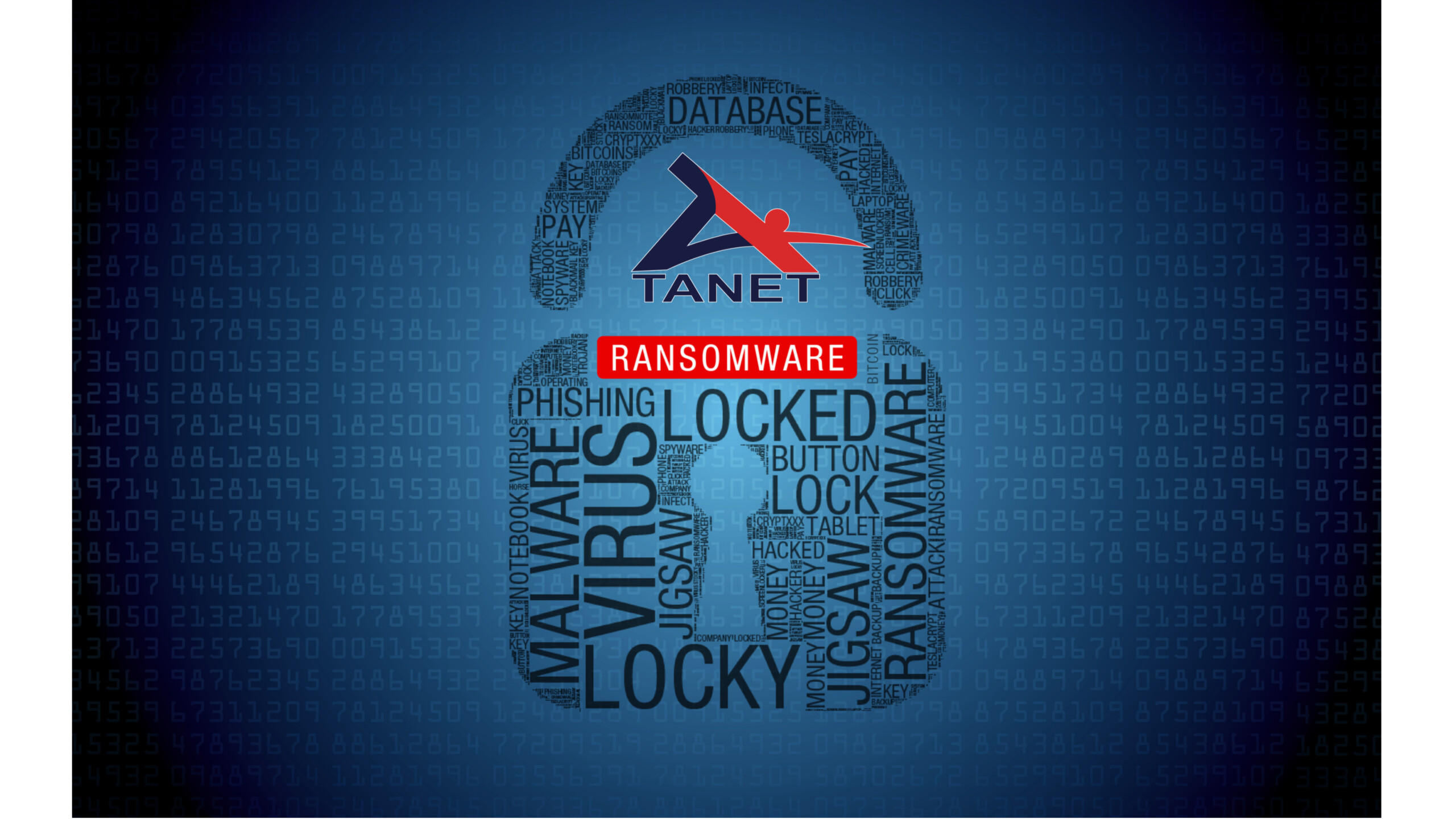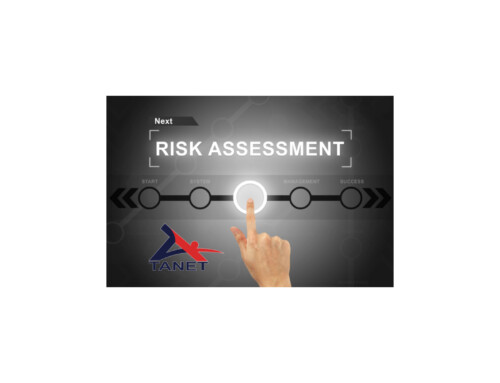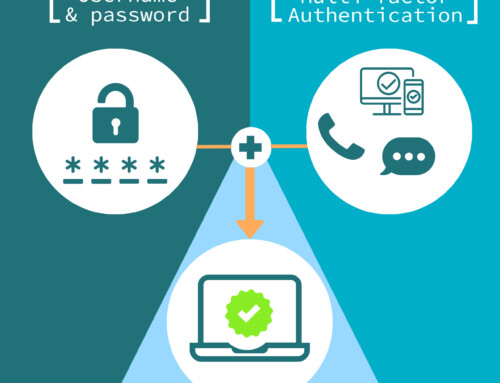In the ever-evolving landscape of cybersecurity, one threat has continued to loom large: ransomware. Despite concerted efforts by organizations and cybersecurity experts to thwart these attacks, ransomware remains a top concern in 2024. Recent incidents, such as the widespread lock bit email distribution, serve as a stark reminder of the persistent threat posed by ransomware. In this blog post, we delve into the reasons behind the enduring menace of ransomware and explore strategies to mitigate its impact.
- Evolution of Ransomware Tactics: Ransomware has evolved significantly over the years, adapting its tactics to bypass traditional security measures. The lock bit email distribution is just one example of how cybercriminals continually refine their strategies to maximize the effectiveness of their attacks. By employing sophisticated social engineering techniques and leveraging vulnerabilities in software and networks, attackers can infiltrate systems with alarming ease.
- Financial Incentives for Cybercriminals: The financial incentives driving ransomware attacks have only intensified in recent years. With the rise of cryptocurrencies, such as Bitcoin, cybercriminals can operate with a greater degree of anonymity and evade law enforcement scrutiny. The ability to extort large sums of money from victims with minimal risk has made ransomware a lucrative business for cybercriminals, ensuring its persistence as a top threat.
- Proliferation of Ransomware-as-a-Service (RaaS): The emergence of Ransomware-as-a-Service (RaaS) platforms has democratized cybercrime, enabling even novice hackers to launch sophisticated ransomware attacks. These platforms provide cybercriminals with ready-made tools and infrastructure, lowering the barrier to entry for launching ransomware campaigns. As a result, the number of ransomware incidents has surged, with organizations of all sizes falling victim to these attacks.
- Impact on Businesses and Individuals: The consequences of a ransomware attack can be devastating for both businesses and individuals. Beyond the financial costs of paying ransom demands, organizations may suffer reputational damage, operational disruptions, and legal liabilities. For individuals, the loss of personal data can have far-reaching consequences, including identity theft and financial fraud. The prevalence of ransomware underscores the urgent need for robust cybersecurity measures to safeguard against such threats.
- Strategies to Combat Ransomware: While the threat of ransomware may seem daunting, there are proactive steps that organizations and individuals can take to mitigate the risk of falling victim to these attacks. Implementing robust cybersecurity protocols, such as regular data backups, network segmentation, and employee training, can significantly reduce the likelihood of a successful ransomware attack. Additionally, staying informed about the latest threats and vulnerabilities is crucial for staying one step ahead of cybercriminals.
Conclusion: As the recent lock bit email distribution demonstrates, ransomware remains a pervasive threat in 2024, posing significant risks to organizations and individuals alike. By understanding the evolving tactics of cybercriminals and implementing proactive cybersecurity measures, we can better protect ourselves against this persistent menace. In an era defined by digital connectivity, safeguarding against ransomware is not just a priority – it’s an imperative.
































